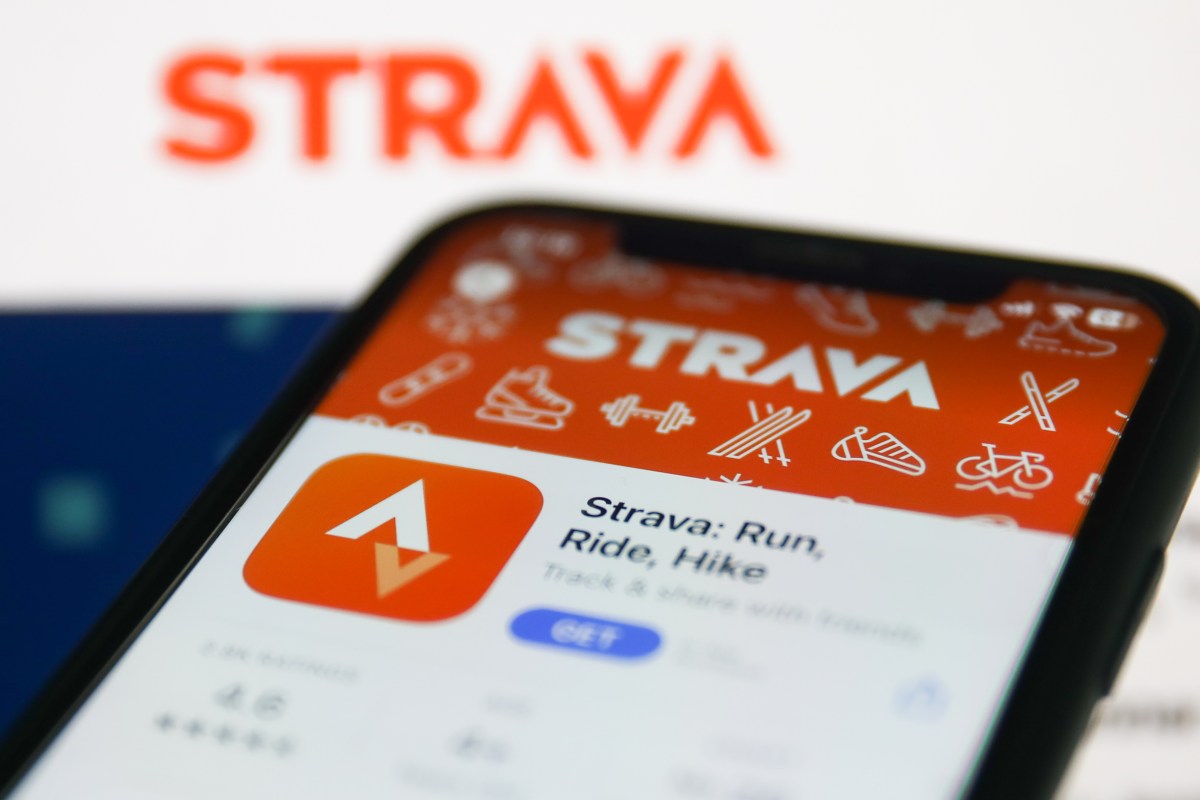How do I get an O-1 visa to freelance on web3 projects? – TechCrunch

Here’s another edition of “Dear Sophie,” the advice column that answers immigration-related questions about working at technology companies.
“Your questions are vital to the spread of knowledge that allows people all over the world to rise above borders and pursue their dreams,” says Sophie Alcorn, a Silicon Valley immigration attorney. “Whether you’re in people ops, a founder or seeking a job in Silicon Valley, I would love to answer your questions in my next column.”
TechCrunch+ members receive access to weekly “Dear Sophie” columns; use promo code ALCORN to purchase a one- or two-year subscription for 50% off.
Dear Sophie,
I’m a UX/UI designer in Europe working at a web3 company in the United States.
I would like to resign from my current position and move to the U.S. to pursue work that allows me to have more autonomy, flexibility and the ability to take on a variety of projects with different clients in the U.S.
How can I make that happen? Thanks for your help!
—Worldly web3 Wonder
Dear Worldly,
I have long wondered if web3 will make immigration obsolete. Technology scales passive work, heightening and elevating the human experience. I don’t think immigration will be going anywhere anytime soon!
Let’s dive into some of the U.S. immigration options that will help you get the autonomy and work diversity you crave!
The work visa that allows you to freelance…

Image Credits: Joanna Buniak/Sophie Alcorn (opens in a new window)
Most non-immigrant work visas that allow you to stay and work temporarily in the United States are tied to a specific employer that sponsors you for the visa by offering you a job and filing a visa application on your behalf.
Unless you can get a work permit, only one main visa type clearly allows you to do freelance work — in other words, work with multiple companies — and that’s the O-1 visa. With an O-1A, you will need to have a U.S. agent acting either as your employer or representing multiple employers to sponsor you for the O-1. A colleague in your field may act as your U.S. agent, but the petition must provide the details of the relationship between you as the O-1 beneficiary and the U.S. agent.
The O-1 doesn’t provide you with complete autonomy, but it will allow you the freedom to choose a variety of projects in your field at different organizations.



